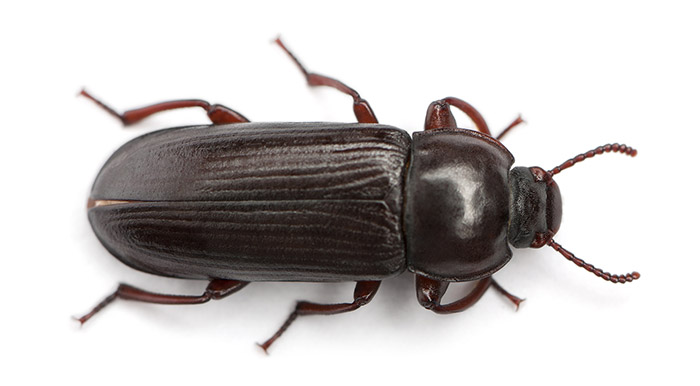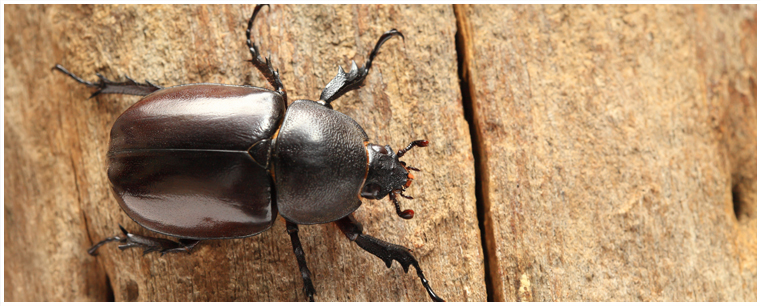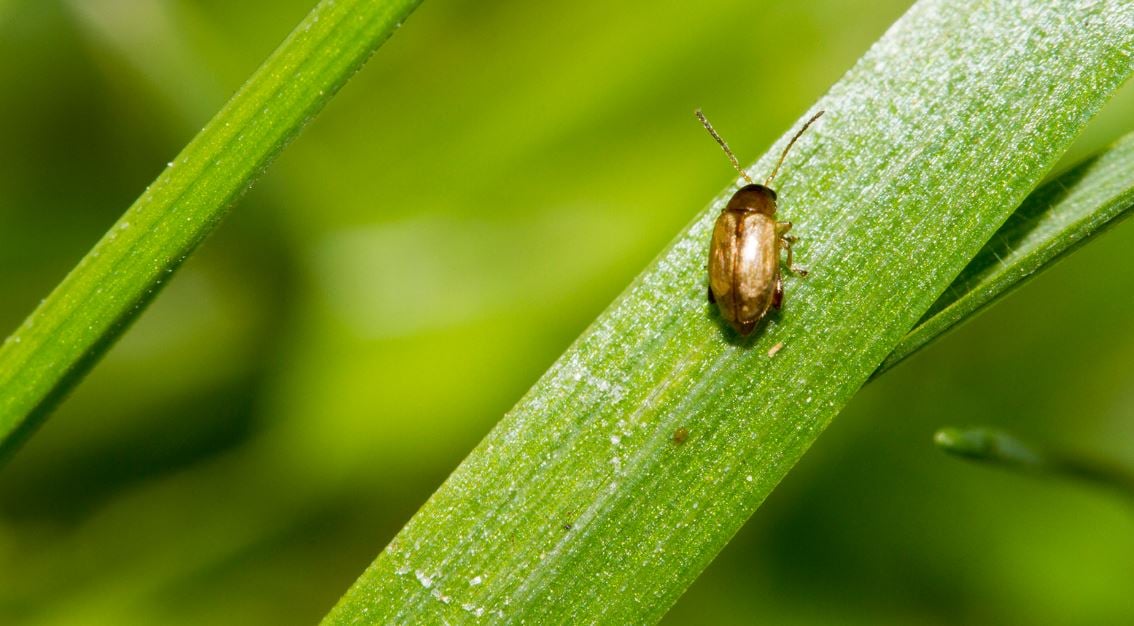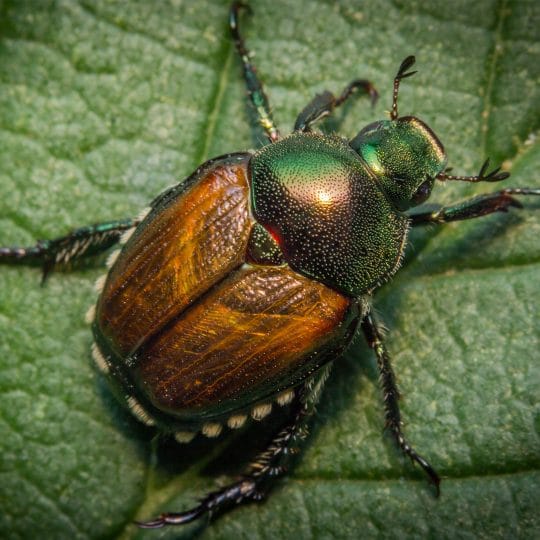What are your ideas regarding Plant-based insect repellents?

Summertime time equates to loads of outside enjoyable. Nevertheless, it additionally means that pests are in wealth. Do not be amazed if flies, mosquitos, roaches, and also ants penetrate your house. If you don't want unwanted guests to attack your property, chemical pesticides is not your only remedy. You can additionally trust details plants to keep creepy crawlies away. With strategic use of plants, you can minimize the use of poisonous bug sprays. Below are the best plants that do marvels in driving pests away. Plus, these plants provide you an added bonus offer of visual appeal and also excellent scent.
Marigold
These golden blossoms are like a ray of sunshine. They will certainly make any kind of area appearance positive and also dynamic. Most importantly, the scent of marigolds drive insects away. They also repel rats as well as rabbit. For this reason, they will make a wonderful addition inside your home and also outdoors. Plant a bed around your home to drive pests while including in your house's curbside allure.
Lemongrass
Lemongrass has a good citrus aroma similar to citronella, which is the essential component of natural bug repellants. Though the human nose likes the aroma, it drives mosquitoes ridiculous. So go ahead and plant pots of citronella and also maintain them around your residence. You will like the fresh, tidy scent certainly.
Lavender
The aroma of lavender is noted for its stress-relieving and calming buildings. Hence, several studies state that it even advertises great sleep. Funny enough, the very same scent that humans love drives insects away. In fact, you will certainly locate lots of store-bought sachets with lavender for your cupboards because they work exceptionally well in turning-off moths. You can also keep potted plants near entrances to shut out moths, fleas, mosquitoes, and also rodents.
Chrysanthemums
These flowers are not only lovely but they have the power to detoxify indoor air. They are great at getting rid of toxins. Most significantly, these flowers drive away ants, lice, fleas, vermins, silverfish, ticks, and cockroaches. These pretty flowers will make you grin so go head as well as position them around your home.
Mint
This is a prominent flavor for tooth paste, mouthwash, gum, as well as even ice cream. A lot of individuals love the special preference which leaves a tingling feeling in your palate. However the taste as well as fragrance of mint that people enjoy is bothersome for insects. You can diffuse mint vital oils or make your very own mint spay by mixing a few declines with vinegar and also vodka.
Basil
Basil is a marvel natural herb that can be found in helpful. You can use it for several recipes like pastas, stews, pizza, salads, and soups. On top of being an exceptional ingredient, basil is a large bug turn off due to the fact that they do not like the scent. If you want pests, especially insects and also flies, far from your house, location pots of basil near your windows and entrances. You do not' also need a green thumb to grow basil due to the fact that they are resilient plants that are incredibly simple to expand.
Rosemary
Finally, consist of rosemary in your natural herb garden since they drive mosquitoes away. You can maintain pots inside as well as outdoors. Besides, sprigs of rosemary fend off moths and also silverfish. In addition to that, this is an additional excellent herb that you can use for cooking.
Nonetheless, if you do not seem like planting or have a serious problem, you should call a professional pest control expert to handle pest nests. A respectable service provider can zap them away with green chemicals, and also assist you establish a precautionary strategy with plants and also essential oils.
How to shop for insect repellent
From sprays and lotions to rubber bracelets and stick-on patches infused with essential oils, there are many products on the market that claim to repel insects. But they’re not all equally effective, and they don’t all have comprehensive data or research to support their claims.
“I think the key to choosing a proper insect repellent is to get something that you can do some research on and see effective scientific data that shows it works,” said Daniel Markowski, a technical advisor for the American Mosquito Control Association. “If something seems too good to be true, it probably is.”
With that being said, experts said there are a few factors you should consider while shopping for insect repellent, which we detailed below.
1. EPA registration
All the experts we spoke to recommended finding an EPA-registered insect repellent. The EPA has an online search tool that helps you look up registered bug repellents, and we used it to check the registration numbers on each of the products we recommended. All registered repellents offer protection against mosquitoes, but only some work against ticks.
2. DEET, DEET-free versus natural
Most experts we consulted agreed that DEET is the most effective active ingredient in an insect repellent. DEET has gotten a bad reputation as being unsafe, but experts told us there are no health risks associated with using it. “DEET is a controversial ingredient, largely because of misinformation. Some folks confuse it with DDT, an unrelated and banned compound in the United States, and others worry about reported neurological issues associated with DEET use that have been disproven by the medical community,” noted Erika T. Machtinger, an assistant professor of entomology at Penn State’s College of Agricultural Sciences.
Despite assurance from the medical community that DEET is safe, shoppers may consider looking for DEET-free insect repellents or ones labeled “natural.” There are some EPA-approved DEET-free insect repellents with other active ingredients, but experts don’t recommend natural repellents due to the lack of data to verify their effectiveness claims (and none of them are EPA-approved).
3. The concentration of active ingredient in a product
Our experts told us that a higher percentage of an active ingredient does not increase your level of protection, though it does keep you protected for a longer period of time. In other words, the higher the concentration of an active ingredient, the longer the repellent will be effective, said Eva Buckner, the medical entomology extension specialist at the University of Florida. Concentrations can range anywhere from 10% to 100%, and according to Machtinger, repellents will generally work the same for the first couple of hours after they’re applied.
Markowski said most experts will advise against using a bug repellent that contains over 30% of an active ingredient. “You don’t really gain additional repellency from a product with a 70% or 100% concentration of active ingredients, but you are putting a lot more of the actual chemical on your skin,” he said. “Therefore, you’re much more likely to have adverse effects like allergic reactions.”
https://www.nbcnews.com/select/shopping/best-insect-repellents-ncna1271196
/woman-spraying-flowers-in-the-garden-673077802-5b119a12ff1b780036f71b61.jpg)
I was introduced to that write-up about from a good friend on a different web address. Appreciated our blog posting? Please share it. Let somebody else check it out. I praise you for your time. Visit us again soon.
Visit My Web Page







